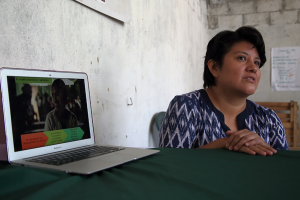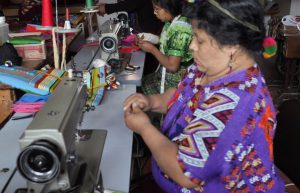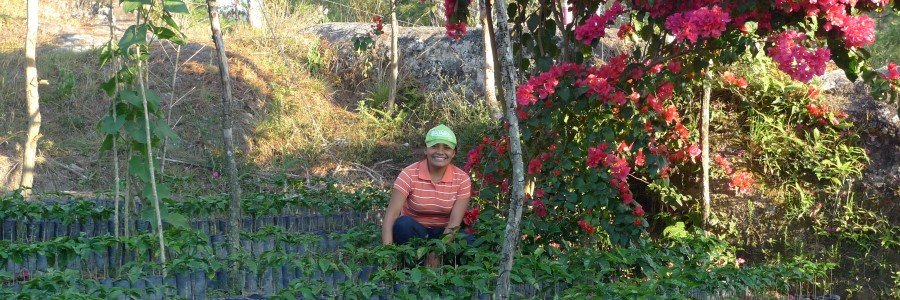Visiting Honduras on a work trip in 2014, True Roots co-founder Summer Lewis saw and heard first-hand about the devastation caused by coffee leaf rust. Years later, she read a news article about Honduras’ recovery from coffee leaf rust, and record crop during the harvest. It’s encouraging to see this sort of progress! The article cites government-funded programs focused on renovating smallholder coffee plots (removing old trees and planting more disease resistant varieties) as one of the major drivers of the progress seen now. This got her thinking about coffee, development, and related complexities.
It’s important to note that t he government-sponsored program began more than a decade prior, and the results were just coming to fruition. It’s also key to highlight that the good agricultural practices (renovation and replanting) mentioned in the article require producer inputs: time, energy, and–most of all–money. If coffee doesn’t/can’t provide a viable livelihood for producers, they won’t/can’t invest in it.
he government-sponsored program began more than a decade prior, and the results were just coming to fruition. It’s also key to highlight that the good agricultural practices (renovation and replanting) mentioned in the article require producer inputs: time, energy, and–most of all–money. If coffee doesn’t/can’t provide a viable livelihood for producers, they won’t/can’t invest in it.
In other words: if producing coffee doesn’t pay the bills, how can a producer invest money he/she doesn’t have in renovation?
This is a “big question” being asked in the coffee industry, especially in the face of other issues affecting coffee production and coffee-farming communities: aging producers, lack of interest from youth, outward migration, climate change, international prices, increase of cost of production and living cost, and a high dependency on cash crops. It’s complex and challenging.
outward migration, climate change, international prices, increase of cost of production and living cost, and a high dependency on cash crops. It’s complex and challenging.
This is why diversification programs in coffee-farming communities are so important–strengthening the local economy and creating resilience–rather than reliance on one crop. And this is part of the work that we do at True Roots: providing businesses and nonprofit organizations with the tools and support necessary to build projects that achieve a deeper, long-lasting impact.

